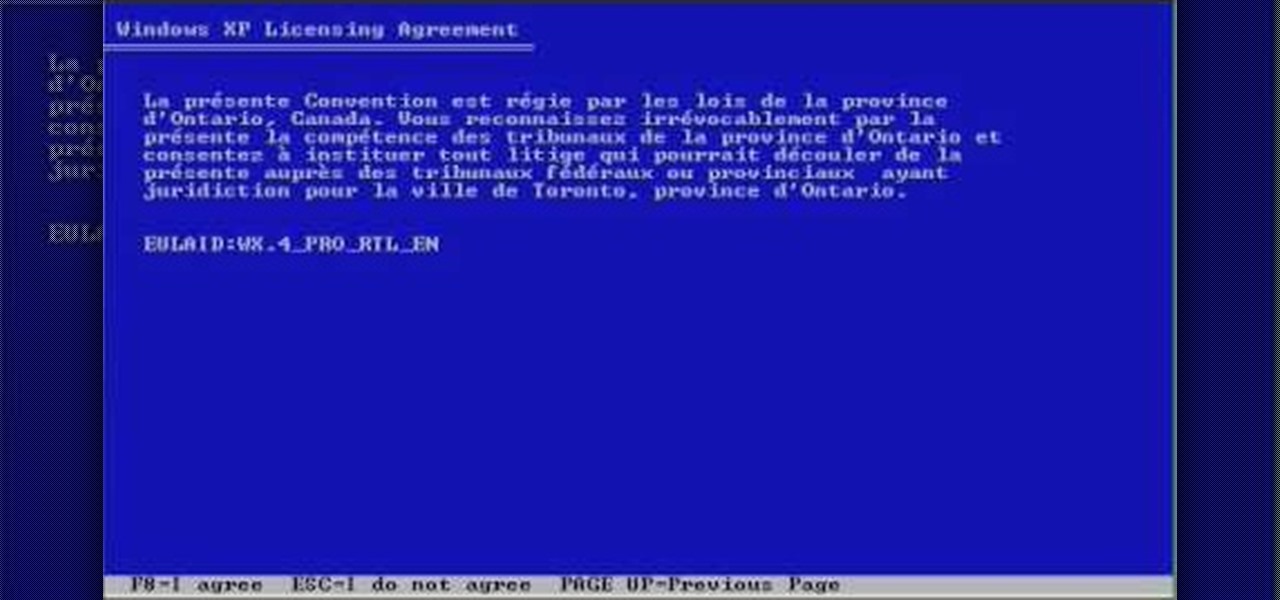Install Python 3 6 Mac Data Input
There are quite a few analogies between Python and the Unix philosophy. Two of its principles are transparency and easy reading of its code. Thanks to this, learning the language is very accessible thanks to its easy use and legibility.
The library modules included on Python include several tools and data structures familiar to any developer: variables, lists, sets, functions, classes, and loops, all thoroughly documented on both its official website and various communities on the web.
Python is an easy-to-use language with a gently sloping learning curve. It uses an elegant syntax that allows for easy reading of the source code. Besides all that, it's multiplatform and easy to integrate with other languages and development environments.
- To the Python devs out there - what's the best way of installing Python 3.6 and then QGIS here? Pyenv, venv, pipenv, virtualenv? How would QGIS always find python 3.6 - during install and later when I run it? What I want to accomplish is run QGIS on python 3.6 and not have python 3.6 change either default Mac 2.7 python, or homebrew python3.
- Using Mac Finder Manager, navigate to your Downloads directory, and double-click on the python-3.6.5-macosx10.6.pkg file to install Python, Tkinter, and IDLE. Use the default options. (It's OK to delete the python-3.6.5-macosx10.6.pkg file after the installation is complete.) Open a Terminal window.
Python 3 On Mac

Install Python 3 6 Mac Data Input
There are quite a few analogies between Python and the Unix philosophy. Two of its principles are transparency and easy reading of its code. Thanks to this, learning the language is very accessible thanks to its easy use and legibility.
The library modules included on Python include several tools and data structures familiar to any developer: variables, lists, sets, functions, classes, and loops, all thoroughly documented on both its official website and various communities on the web.
Python is an easy-to-use language with a gently sloping learning curve. It uses an elegant syntax that allows for easy reading of the source code. Besides all that, it's multiplatform and easy to integrate with other languages and development environments.
- To the Python devs out there - what's the best way of installing Python 3.6 and then QGIS here? Pyenv, venv, pipenv, virtualenv? How would QGIS always find python 3.6 - during install and later when I run it? What I want to accomplish is run QGIS on python 3.6 and not have python 3.6 change either default Mac 2.7 python, or homebrew python3.
- Using Mac Finder Manager, navigate to your Downloads directory, and double-click on the python-3.6.5-macosx10.6.pkg file to install Python, Tkinter, and IDLE. Use the default options. (It's OK to delete the python-3.6.5-macosx10.6.pkg file after the installation is complete.) Open a Terminal window.
Python 3 On Mac
Mac Install Python 3.7
Adobe reader mac safari. The same source code archive can also be used to build the Windows and Mac versions, and is the starting point for ports to all other platforms. Download the latest Python 3 and Python 2 source. Gpg -verify Python-3.6. How to print in mac. In any case, a Python depending applications (installed with brew or not) will look for a python3 executable in the applications path, and you will have python3 pointing to python3.6. Find alexa app for mac os. Thus, your default Python 3 will be 3.6 (if you use the example above) and that should be enough. I am stuck trying to install gdal, running python3.6 on a Mac. When I run pip install gdal I get errors of Failed building wheel for gdal error: command 'gcc' failed with exit status 1 Command '/.
